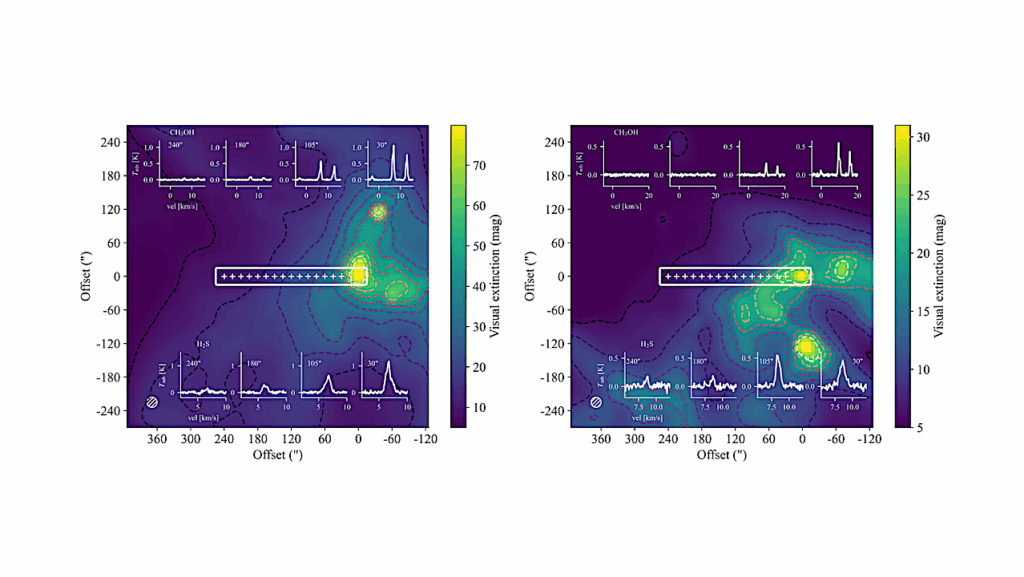Validation Of Up To Seven TESS Planet Candidates Through Multi-colour Transit Photometry Using MuSCAT2 Data

The TESS mission searches for transiting exoplanets by monitoring the brightness of hundreds of thousands of stars across the entire sky.
M-type planet hosts are ideal targets for this mission due to their smaller size and cooler temperatures, which makes it easier to detect smaller planets near or within their habitable zones. Additionally, M~dwarfs have a smaller contrast ratio between the planet and the star, making it easier to measure the planet’s properties accurately.
Here, we report the validation analysis of 13 TESS exoplanet candidates orbiting around M dwarfs. We studied the nature of these candidates through a multi-colour transit photometry transit analysis using several ground-based instruments (MuSCAT2, MuSCAT3, and LCO-SINISTRO), high-spatial resolution observations, and TESS light curves. We present the validation of five new planetary systems: TOI-1883b, TOI-2274b, TOI2768b, TOI-4438b, and TOI-5319b, along with compelling evidence of a planetary nature for TOIs 2781b and 5486b.
We also present an empirical definition for the Neptune desert boundaries. The remaining six systems could not be validated due to large true radius values overlapping with the brown dwarf regime or, alternatively, the presence of chromaticity in the MuSCAT2 light curves.
A. Peláez-Torres, E. Esparza-Borges, E. Pallé, H. Parviainen, F. Murgas, G. Morello, M.R. Zapatero-Osorio, J. Korth, N. Narita, A. Fukui, I. Carleo, R. Luque, N. Abreu García, K. Barkaoui, A. Boyle, V.J.S. Béjar, Y. Calatayud-Borras, D.V. Cheryasov, J.L. Christiansen, D.R. Ciardi, G. Enoc, Z. Essack, I. Fukuda, G. Furesz, D. Galán, S. Geraldía-González, S. Giacalone, H. Gill, E.J. Gonzales, Y. Hayashi, K. Ikuta, K. Isogai, T. Kagetani, Y. Kawai, K. Kawauchi, P. Klagyvik, T. Kodama, N. Kusakabe, A. Laza-Ramos, J.P. de Leon, J.H. Livingston, M.B. Lund, A. Madrigal-Aguado, P. Meni, M. Mori, S. Muñoz Torres, J. Orell-Miquel, M. Puig, G. Ricker, M. Sánchez-Benavente, A.B. Savel, J.E. Schlieder, R.P. Schwarz, R. Sefako, P. Sosa-Guillén, M. Stangret, C. Stockdale, M. Tamura, Y. Terada, J.D. Twicken, N. Watanabe, J. Winn, S.G. Zheltoukhov, C. Ziegler, Y. Zou
Subjects: Earth and Planetary Astrophysics (astro-ph.EP)
Cite as: arXiv:2409.07400 [astro-ph.EP] (or arXiv:2409.07400v1 [astro-ph.EP] for this version)
https://doi.org/10.48550/arXiv.2409.07400
Focus to learn more
Submission history
From: Alberto Peláez Torres
[v1] Wed, 11 Sep 2024 16:40:00 UTC (151 KB)
https://arxiv.org/abs/2409.07400
Astrobiology, Astronomy,








